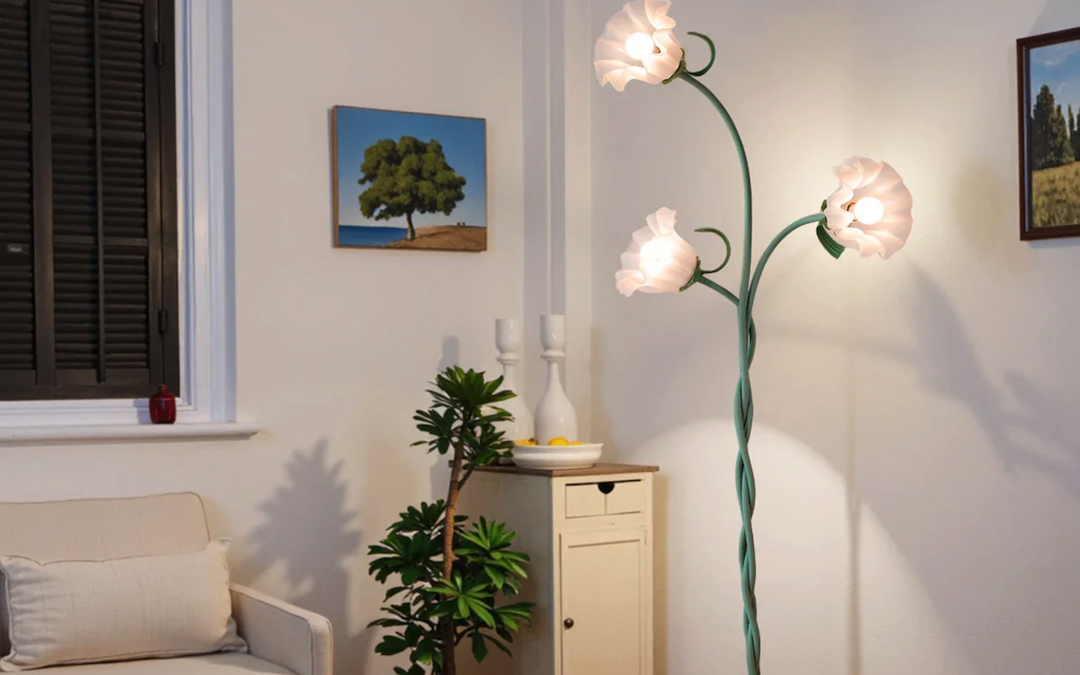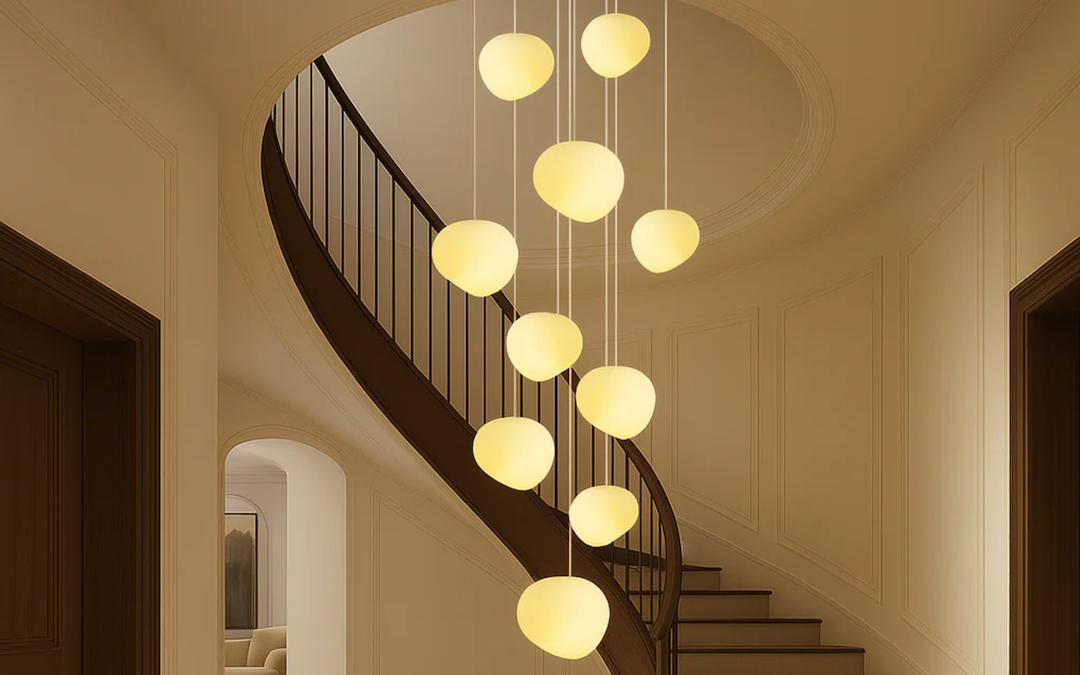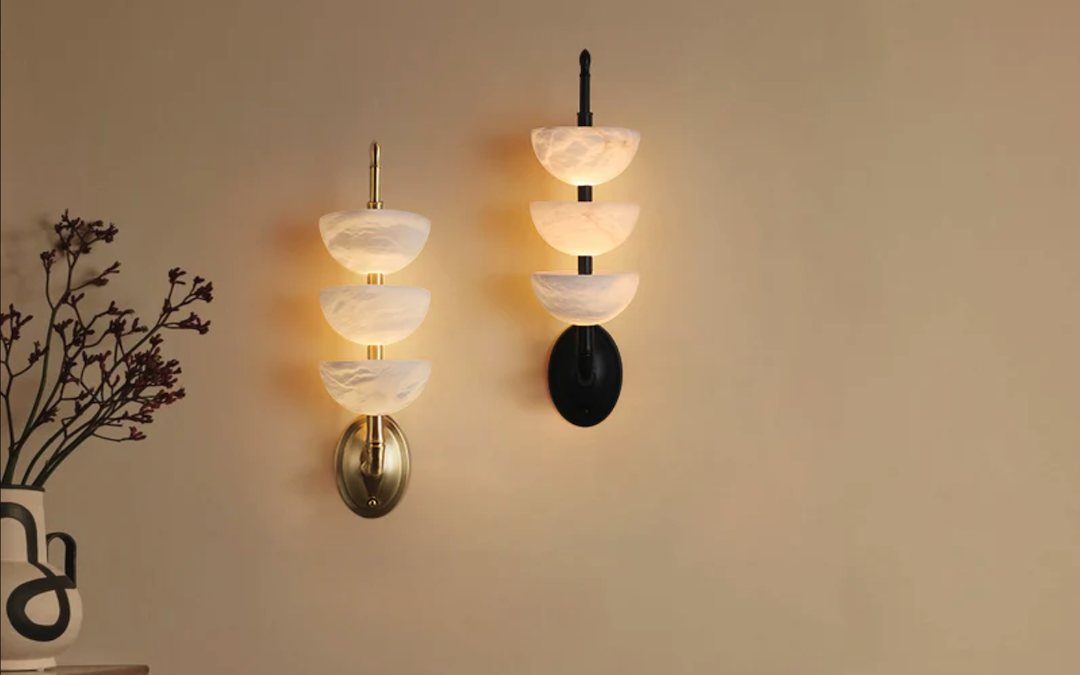The Lustrous Beauty of Gold: Exploring the Rich History and Enduring Appeal of Lustre Doré
Introduction
Gold has long been regarded as a symbol of wealth and status. Its bright, lustrous appearance has captivated people for centuries, and its use as a decorative material has been traced back to ancient civilizations. One of the most popular forms of gold decoration is lustre doré. In this article, we will explore the rich history of lustre doré, its enduring appeal, and its many uses.
What is Lustre Doré?
Lustre doré is a decorative technique that involves applying a thin layer of gold to an object, such as a piece of furniture, a sculpture, or even a building facade. The term “lustre doré” comes from the French language and translates to “golden lustre.” The technique is believed to have originated in France during the 18th century, and quickly spread throughout Europe and beyond.
The History of Lustre Doré
Lustre doré was first used in France during the reign of Louis XV in the mid-18th century. At the time, France was one of the wealthiest and most powerful countries in Europe, and the nobility were eager to display their wealth and status in every possible way. Lustre doré quickly became a popular decorative technique for furniture, sculptures, and other objects of luxury.
The technique involves using a mixture of mercury and gold to create a thin layer of gold leaf, which is then applied to the object. The object is then heated in a furnace, which evaporates the mercury and leaves behind the layer of gold. This creates a bright, lustrous finish that resembles solid gold.
Lustre doré quickly spread throughout Europe and became popular in other countries such as Italy, Germany, and Austria. It was used to decorate everything from furniture to chandeliers to entire buildings.
The Enduring Appeal of Lustre Doré
Despite being invented over 250 years ago, lustre doré continues to be a popular decorative technique today. Its bright, lustrous appearance adds a touch of luxury and glamour to any object, and it has remained a symbol of wealth and status throughout the centuries.
In addition to its decorative appeal, lustre doré is also valued for its durability. Because the gold is fused to the object using heat, it is less likely to wear off or fade over time than other forms of gold decoration.
Uses of Lustre Doré
Lustre doré can be used to decorate a wide variety of objects, from furniture to sculptures to entire buildings. Some popular uses of lustre doré include:
Furniture
Lustre doré is perhaps most commonly used to decorate furniture. Chairs, tables, and cabinets can all be adorned with a lustrous layer of gold, adding a touch of luxury to any room.
Chandeliers and Lighting
Lustre doré is also commonly used on chandeliers and other lighting fixtures. The bright, reflective surface of the gold helps to amplify the light and create a warm, inviting glow.
Buildings
Lustre doré has also been used to decorate entire building facades. Some of the most famous examples of lustre doré on buildings can be found in Paris, including the Palais Garnier opera house and the Hotel de la Paiva.
Conclusion
Lustre doré is a decorative technique that has been popular for centuries, thanks to its enduring appeal and lustrous beauty. From furniture to chandeliers to entire building facades, lustre doré has been used to add a touch of luxury and glamour to a wide range of objects. Its popularity shows no signs of waning, and it will likely continue to be a beloved form of gold decoration for centuries to come.



